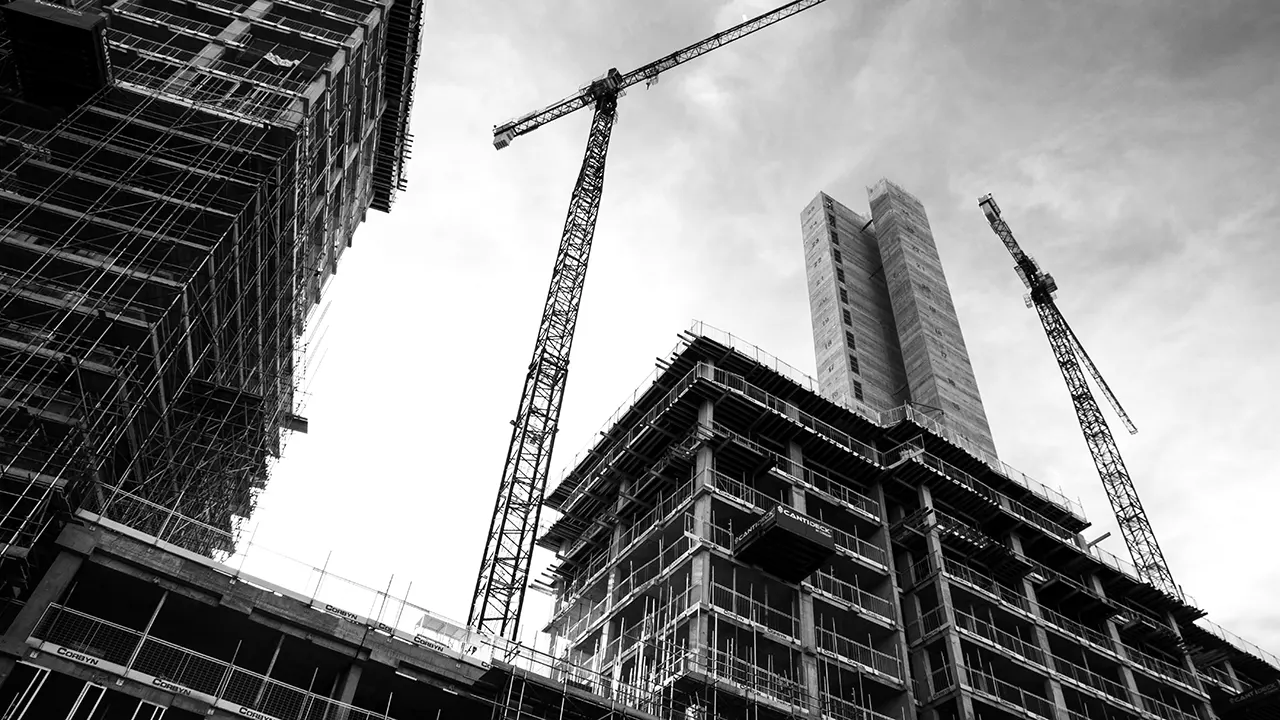The credit story of the year is likely to be the demise of Chinese property developers and the wider impact it will have on the Chinese economy and those who depend on it. The warnings regarding the unsustainability of the Chinese “growth miracle” and the property sector specifically have been coming for a decade. Many stories have been written on the ghost towns, but the impact of widespread malinvestment in residential property and infrastructure is generally not well understood. Several basic facts help illustrate how much is at stake:
- The Chinese property sector and associated industries make up roughly 30% of GDP
- Chinese residential property prices are amongst the highest in the world on a price to income basis
- China is estimated to have 65 million empty dwellings, around 20% of the total housing stock
- Around 70% of household wealth is in property
- The largest source of revenue for local governments is land sales
- Population growth is slowing with the working age population declining
- Around two-thirds of China’s developers fail at least one of the three red lines, and the default of Kaisa showed that even some of those who pass all three tests aren’t healthy
Following several near defaults for Evergrande and a string of other developers missing payments, the assumptions that underpinned construction activity and property values are breaking down. Chinese property has been akin to art, cryptocurrencies or NFTs; it has been bought because it makes someone feel good and because it is expected that someone will pay for more for it in the future. The alternative way of valuing an asset is based on its future cashflows, which given there’s a glut of properties the rental yields are likely to be very poor. If valued based on cashflows, property prices would be a fraction of the previous way of thinking.
New debt funding for medium to high risk Chinese property developers has essentially stopped. As maturities approach developers are leaning on lenders to extend or are coming up with creative solutions like offering to pay off debts with land or yet to be completed dwellings. Evergrande has been able to meet several interest payments during their grace periods, but those interest payments are small relative to the large amounts due when a loan or bond matures. Given much of the funding for developers is short term, maturities will be coming up regularly and providing a stiff test to the liquidity and solvency of developers.
As happened with Kaisa and several other developers, when the solvency troubles became apparent previously undisclosed debts and guarantees surfaced. Investors that have been happy to ignore the governance issues and poor quality audits that often come with Chinese companies are now paying the price. By definition, the provision of credit is based on belief and trust, with those now in short supply after naïve investors have found key financial assertions around cash and debt levels were false.
It seems that unless the Chinese government intervenes and forces banks to lend, many developers will default and spread their losses across China’s property purchasers, employees, suppliers, wealth management products and lenders. That’s an awful lot of people who could be about to be hit with lost employment, income and wealth, and could lead to an enormous negative wealth effect.
Whilst this is a dire view of the current situation, there is one avenue to temporarily negate such a negative outcome. The Chinese Government has a history of bailouts and can use financial repression and money printing to spread the pain over decades. This would be a similar approach to Japan, whose starting position in the late 1980’s is eerily similar to China’s current position. Without government intervention, something akin to the Asian Financial Crisis is probable, with a sudden and large drop in GDP. If this plays out, the credit story of the year could become Australia’s biggest risk, as the mining, education, tourism, agriculture and property sectors here will all be in the firing line.
